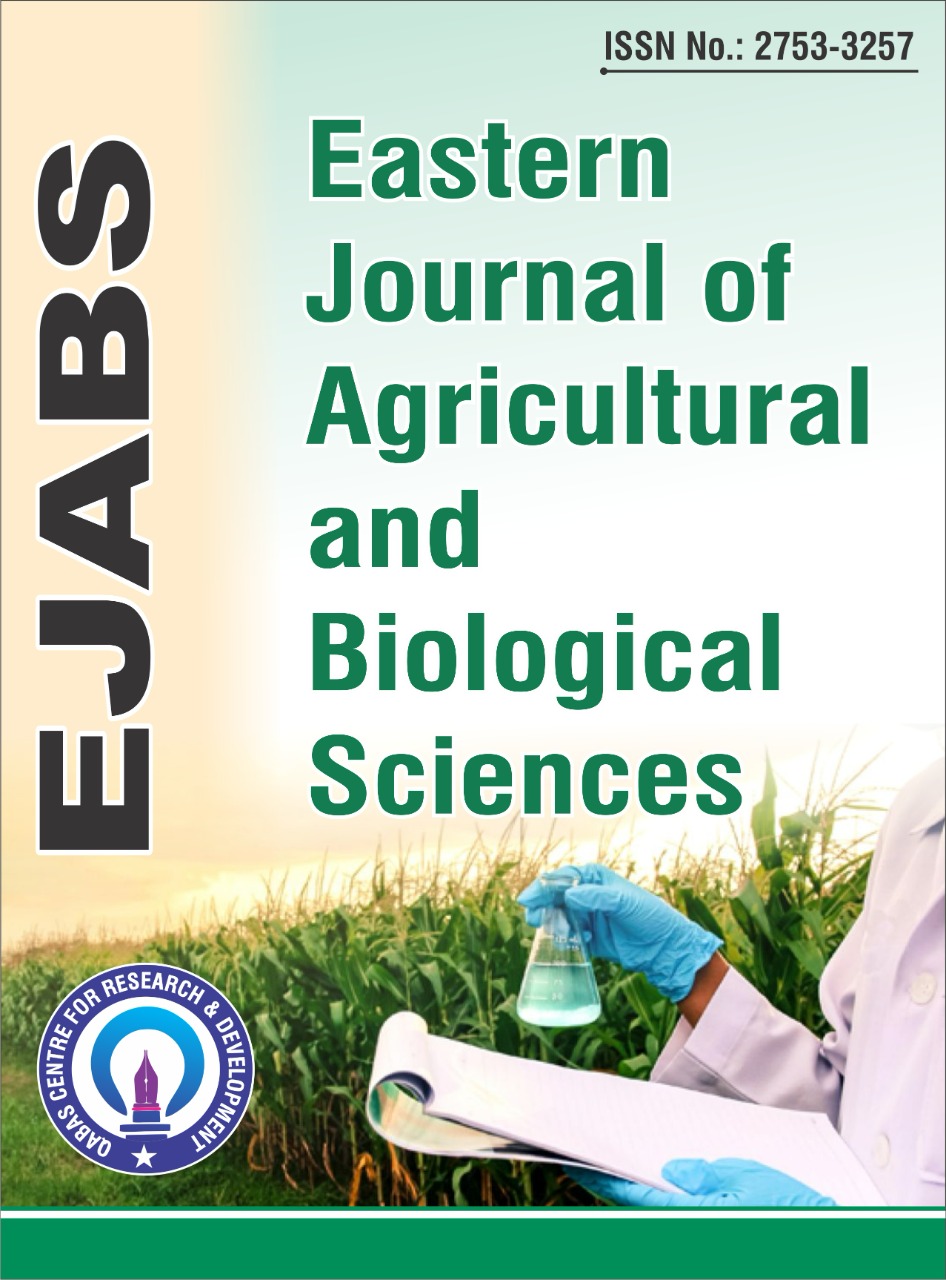N The Effectiveness of Piper caninum (Von. Blume) Leaf Extract As a Botanical Insecticide for Plutella xylostella L. on Pakcoy Plants (Brassica rapa L.)
The Effectiveness of Piper caninum (Von. Blume) Leaf Extract As a Botanical Insecticide for Plutella xylostella L. on Pakcoy Plants (Brassica rapa L.)
Abstract
The concept back to nature makes vegetable insecticides an option in pest control. Plutella xylostella L. are one of the pests that are often found in pakcoy plants. The purpose of this study was to determine the effectiveness of leaf extract of Piper caninum on pest mortality by knowing the LC50 and LT50 values and the effect of the extract on pakcoy plants. The research method used was an experiment with a completely randomized design (CRD) and a randomized block design (RBD). The study used 5 levels of extract concentration, namely negative control (0%), 0.5%, 1%, 1.5% and 2%. The data analysis technique used is an analysis of variance (ANOVA) further tested with Duncan's test of 5%. The results showed that the LC50 value of the extract was 1.6% with an interval of 0.2% to a concentration of 1.8%. The LT50 value of the extract was 0.7 hours. P. caninum extract gave a significant difference in the wet weight of pakcoy, but did not give a significant difference in the height and number of pakcoy leaves









